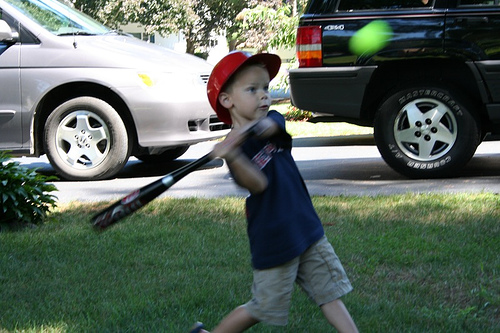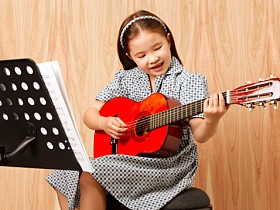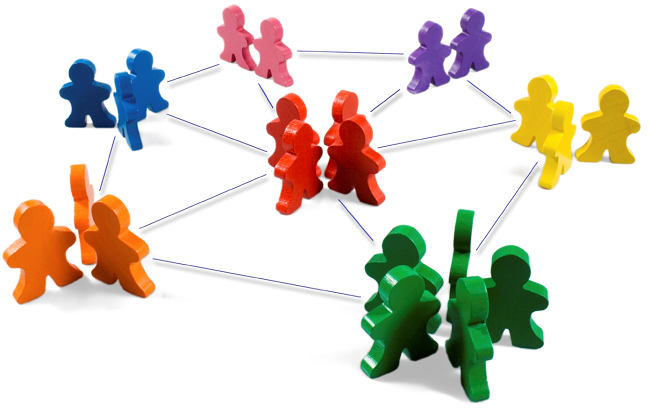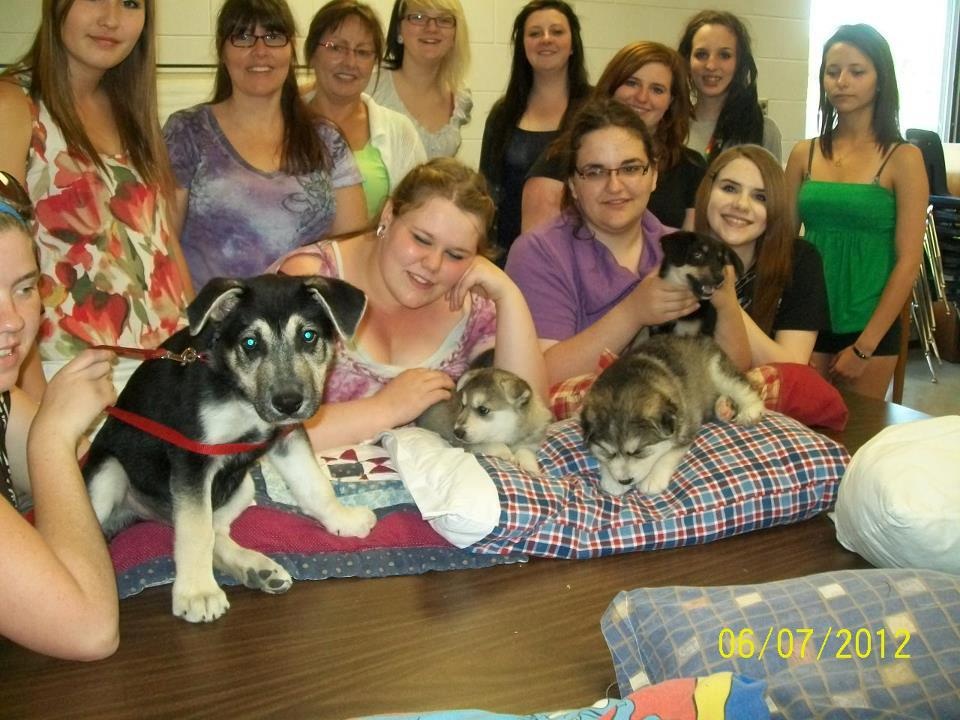The other day I was talking with my group of kids at daycare about the history of dreamcatchers and how many Indigenous people believe that dreamcatchers can filter good and bad energies and/or dreams while a person sleeps. The discussion lead into a art activity where each child made his/her own dreamcatcher to take home and hang up beside his/her bed. One boy asked me if he should keep his dreamcatcher with him during the day for protection. Before I could answer, a little girl, who has always been wise beyond her years, replied, "No, because you can control whether your thoughts are good or bad when you are awake." I could not (and still can't) get over how brilliant and, well, true her response was. It reminded me of a quote by the philosopher Marcus Aurelius: “Our life is what our thoughts make it," in that I, personally, believe that our attitude(s) have a huge effect on our day-to-day life (i.e. whether you spend it optimistic or pessimistic.) Sometimes, however, when I get caught up in the stress from external factors such as work, school, and family matters, I end up forgetting this concept - that happiness can come from the inside - that you need to look at the bigger picture and see the good. Young children can really put things into perspective; do you want to have a good day or a bad day? From now on when I wake up, I'm going to look at the dreamcatcher beside my bed that one of the kids at daycare made me and ask myself that very question.
0 Comments
This past weekend, I was asked to create a mural and slogan for an organization that I have been volunteering with for the past year or so. The mural was supposed to reflect what some might consider to be a controversial topic - a sexually transmitted disease - and generate awareness about it. I had about a week's notice to come up with some ideas for the mural and okay them with the person I report to. The text that I came up with was intended to catch peoples' attention but it was not graphic, it promoted smart decisions and education, and it was approved by the person I report to.
Another volunteer and I spent a better part of Saturday working on this mural - many people who passed by us commented that it was really well done and that they liked the message we were trying to get across. Today, however, I received an email from the person I report to that said that the mural had to be taken down because it had made some people unhappy. The email also said from now on when I volunteer to stick to messages that talk about healthy choices. I think reading that made me even more unhappy than the so-called unhappy people for several reasons: a) The mural did promote well-being b) I am usually a very good judge of what could be considered controversial and always try to present matter in a positive, informative, and tasteful manner (having worked in advertising and having to adhere to strict CRTC guidelines) c) According to the Public Health Agency of Canada, Saskatchewan has some of the highest rates of sexually transmitted infections (STIs) d) Seeing Saskatchewan has such high rates of STIs, it could be assumed that current messages about healthy choices are ineffective In my opinion, I do not feel that the mural we created should have been taken down. I feel that it wasn't given a fair chance to get enough, diverse feedback. If more time had passed and the consensus was that the mural was still inappropriate, then I would definitely reconsider it. I guess this is just a taste of some of the things I might encounter in the school system in the future. I worry that I will be silenced because I want to do or say things a little differently than how they have always been done. Is there a happy medium when it comes to saying what you know is right and doing what others think is right? I started off my summer by going on a five-day road trip through Wyoming and North and South Dakota with my Dad. My Dad and I have been talking about taking a trip together for some time now but between my school schedule and his work commitments it has been a challenge to find a week that we could both get away. Both of us went on this trip so that we could, essentially, turn our brains off, relax, and sightsee but, instead, we ended up learning a lot along the way. The tourist attractions are rich with history, full of beauty, and they teach about western and First Nations culture, equally. For example, at Devil's Tower National Monument, a gigantic rock formation in Wyoming, you can read the scientific explanation and the Indigenous explanations of how it formed. I would love to take my future students on a field trip to these states because I feel their artifacts do a very good job of informing people about different ways of knowing, including those of the Sioux, and Lakota. Some of my favourite points of interest were: Devil's Tower, Needles Highway, Deadwood, and the Crazy Horse Memorial site, which is home of The Indian Museum of North America. Here is a map of the route we took, which I would highly recommend, as well as a few pictures I took along the way :) For the past few weeks, I have been busy organizing things for the summer program at Hope's Home, the daycare I work at. The program is for school-age children with exceptionalities and/or diverse medical needs and their siblings. One type of activity that we will be doing a lot of is what's called sensory play.
As a pre-service teacher, I believe that it is very important to always ask myself, "What can I be doing better?" For myself, I find that once I have been able to practice something several times, I tend to get comfortable with it and continue to do things in the same way that I learned/taught myself how to do it. And what have I been doing lots of lately and getting comfortable with?... Blogging!
I was able to sneak away to Winnipeg for a couple days this week for a much over-due visit. Here's a list of my top nine favourite places to go while I'm here (and not necessarily in this order):
Let me tell you a (picture) story that's based on recent events from my life. See if you can tell it back to me in words, please! Once upon a time...
I've been thinking a lot about relationships lately - and how different cultures and different generations all have different relationship values. Specifically, I'm wondering how I will teach about healthy relationships with the amount of diversity in today's classrooms. I'd like to know what you think the key to fostering healthy classroom relationships is? How can I say that a certain action is wrong if certain people consider it acceptable? How do teachers navigate through this complex relationship realm?
During my Facebook adventures today, I found this story about a group of students who used their skills to help out some very deserving community members.
|







 RSS Feed
RSS Feed